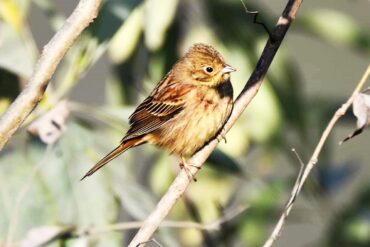KUMARHATTI: The Forest Department and Baddi –Barotiwala- Nalagarh Development Authority (BBNDA) joint project to turn Baddi industrial belt into greener area which has witnessed tremendous success since its launching in July last. While disclosing this here today, Dr. Amandeep Garg CEO of BBNDA said that the tree plantations along roadside have been done successfully. Besides this the few parks have also been developed, he asserted.
He said, currently the process was underway to develop greener belts in area. The efforts were on to change the face of belt who till now was dotted with hap-hazardous industry growth. The project has aimed to undo the industrial damage that has swallowed the greenery in big way, he remarked.
Named as ‘Greening industrial area Baddi’ the project has been prepared by Nalagarh Forest Division, keeping in mind the climatic and geographical condition of belt. The certain species of tree like Annogeissus latifolia (Chhal), Lannea grandis (Jingan), Albizia Lebbeek (Siris), Bombax ciebe (Simal), Syzygium cummini (Jamun), Acacia catechu (Khair), Dalbergia Sisso (Shisham), Bauhinia varigata (Kachnar), Azadiracta Indica (Neem), Phoenix humilis (Khajoor), Morus alba (Shehtoot), Cedrela Toona (Toon), Jacranda Mimosifolia (Nili Gulmohar), Delonix regia (Gulmohar), Azadirachta indica (Neem), Grewellia robusta (Silver oak) and Cassia fistula (Amaltash) were being planted under drive.
Justifying the need of project, Dr. Garg said that over the year the Baddi belt has turned out to be a favorable destination for unemployed youths from different sections of the society in the country. Increasing industrialization has exponentially raised the level of the pollutants in soil, water and air. To make things tougher it was finally decided to cover the industrial belt into green belt, he maintained.
“Though industrial revolution has set the industrial growth of state on fast track but has also brought its bad affects. The negative results were already started to come up due to imbalanced environment and industry effluents. On numerous occasions the fish in Sarsa River have found dead. The ground water level were depleting on marking note. The polluted level has also gone high.â€
Studies showed that one well grown Peepul tree (162sq.m. crown area) could absorb 2252-kg of carbon dioxide from the atmosphere and give out 1712-kg.of oxygen in one hour. In the fast race of industrialization the BBNDA was looking for a holistic development and comfortable milieu for industries in this area, maintained Dr. Garg.


